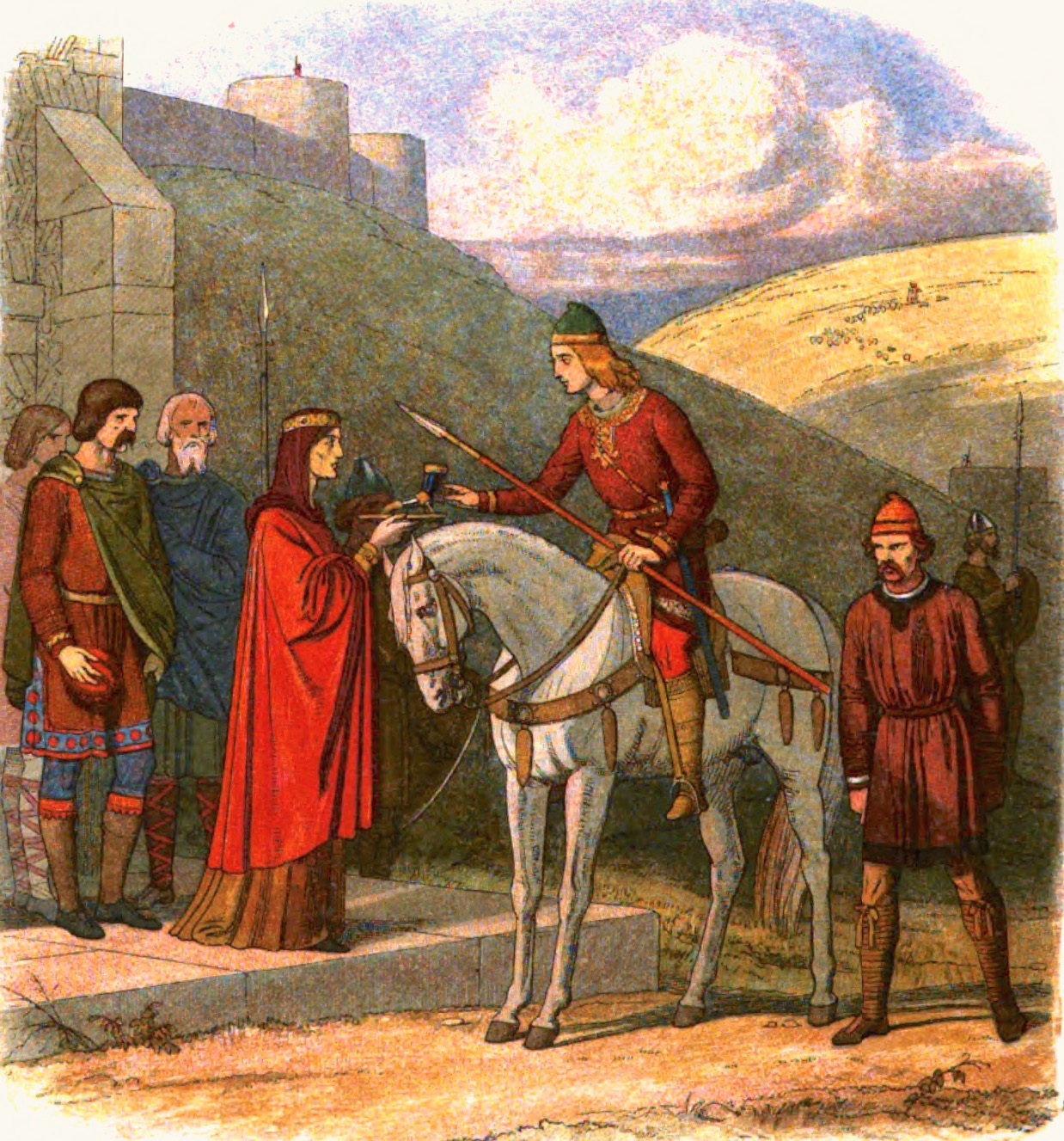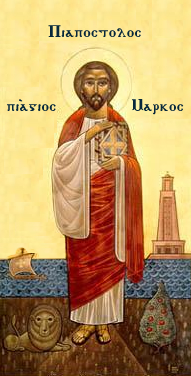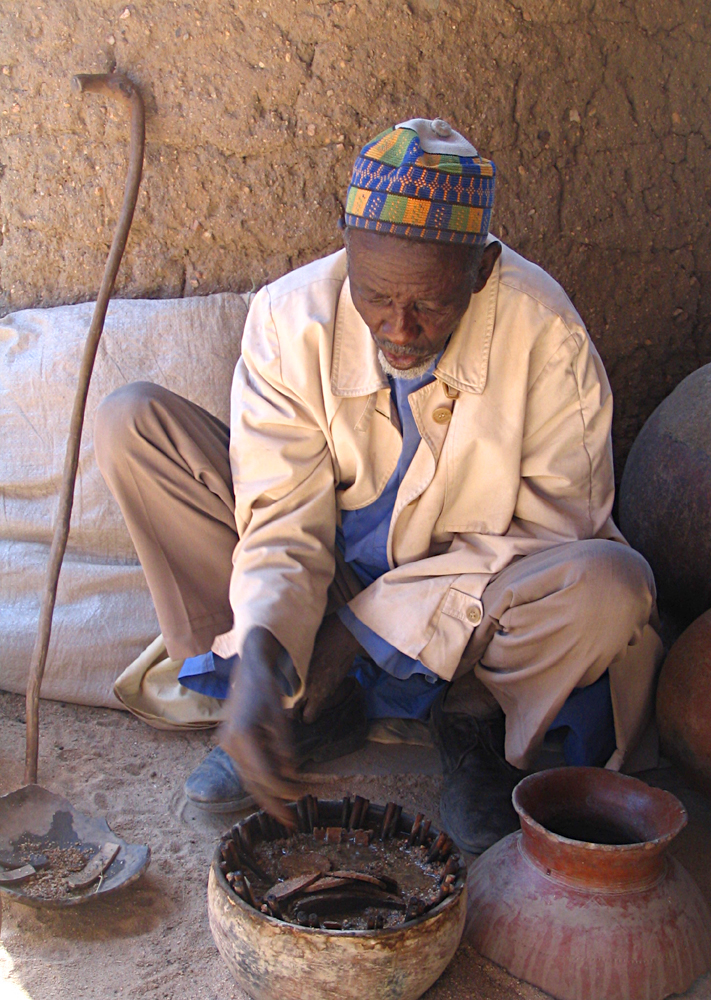|
Leofric Missal
__NOTOC__ The Leofric Missal is an illuminated manuscript, not strictly a conventional missal, from the 10th and 11th century, now in the Bodleian Library at Oxford University where it is catalogued aMS Bodl. 579 Origins and history The origins of the manuscript date to around 900 AD when a sacramentary was produced in Lotharingia. Anglo-Saxon parts were added to the manuscript during the 10th and 11th centuries, including a calendar of church feasts as well as other information on celebrating the Mass, and some legal records in Old English. The last of these additions date to the episcopate of Leofric, who was Bishop of Exeter from 1050 to 1072.Pfaff "Liturgical Books" ''Blackwell Encyclopaedia of Anglo-Saxon England'' pp. 290–291 The ''Missal'' gained its name from the dedication on the first folio (f) that the book was given by Leofric to his cathedral. This is written in an 11th-century scribal hand, that has been identified as originating at Exeter Cathedral.Deshman " ... [...More Info...] [...Related Items...] OR: [Wikipedia] [Google] [Baidu] |
Illuminated Manuscript
An illuminated manuscript is a formally prepared document where the text is often supplemented with flourishes such as borders and miniature illustrations. Often used in the Roman Catholic Church for prayers, liturgical services and psalms, the practice continued into secular texts from the 13th century onward and typically include proclamations, enrolled bills, laws, charters, inventories and deeds. While Islamic manuscripts can also be called illuminated, and use essentially the same techniques, comparable Far Eastern and Mesoamerican works are described as ''painted''. The earliest illuminated manuscripts in existence come from the Kingdom of the Ostrogoths and the Eastern Roman Empire and date from between 400 and 600 CE. Examples include the Codex Argenteus and the Rossano Gospels, both of which are from the 6th century. The majority of extant manuscripts are from the Middle Ages, although many survive from the Renaissance, along with a very limited number from Late ... [...More Info...] [...Related Items...] OR: [Wikipedia] [Google] [Baidu] |
Winchester
Winchester is a City status in the United Kingdom, cathedral city in Hampshire, England. The city lies at the heart of the wider City of Winchester, a local government Districts of England, district, at the western end of the South Downs National Park, on the River Itchen, Hampshire, River Itchen. It is south-west of London and from Southampton, its nearest city. At the 2011 census, Winchester had a population of 45,184. The wider City of Winchester district, which includes towns such as New Alresford, Alresford and Bishop's Waltham, has a population of 116,595. Winchester is the county town of Hampshire and contains the head offices of Hampshire County Council. Winchester developed from the Roman Britain, Roman town of Venta Belgarum, which in turn developed from an Iron Age oppidum. Winchester was one of the most important cities in England until the Norman conquest of England, Norman conquest in the eleventh century. It has since become one of the most expensive and afflue ... [...More Info...] [...Related Items...] OR: [Wikipedia] [Google] [Baidu] |
Later Anglo-Saxon Illuminated Manuscripts
Later may refer to: * Future, the time after the present Television * ''Later'' (talk show), a 1988–2001 American talk show * '' Later... with Jools Holland'', a British music programme since 1992 * ''The Life and Times of Eddie Roberts'', or ''L.A.T.E.R.'', a 1980 American sitcom * "Later" (''BoJack Horseman''), an episode Other uses * ''Later'' (magazine), a 1999–2001 British men's magazine * ''Later'' (novel), a 2021 novel by Stephen King * "Later" (song), a 2016 song by Example * ''Later: My Life at the Edge of the World'', a book by Paul Lisicky See also * * L8R (other) * Late (other) * See You Later (other) '' See You Later'' is an album by Vangelis. See You Later may also refer to: * "See You Later", a song by Heatmiser from ''Mic City Sons'' * "See You Later", a song by Soul Asylum from ''Candy from a Stranger'' * "See you later", an informal part ... * Sooner or Later (other) {{disambiguation ... [...More Info...] [...Related Items...] OR: [Wikipedia] [Google] [Baidu] |
10th-century Illuminated Manuscripts
1 (one, unit, unity) is a number representing a single or the only entity. 1 is also a numerical digit and represents a single unit of counting or measurement. For example, a line segment of ''unit length'' is a line segment of length 1. In conventions of sign where zero is considered neither positive nor negative, 1 is the first and smallest positive integer. It is also sometimes considered the first of the infinite sequence of natural numbers, followed by 2, although by other definitions 1 is the second natural number, following 0. The fundamental mathematical property of 1 is to be a multiplicative identity, meaning that any number multiplied by 1 equals the same number. Most if not all properties of 1 can be deduced from this. In advanced mathematics, a multiplicative identity is often denoted 1, even if it is not a number. 1 is by convention not considered a prime number; this was not universally accepted until the mid-20th century. Additionally, 1 is the s ... [...More Info...] [...Related Items...] OR: [Wikipedia] [Google] [Baidu] |
11th-century Illuminated Manuscripts
The 11th century is the period from 1001 ( MI) through 1100 ( MC) in accordance with the Julian calendar, and the 1st century of the 2nd millennium. In the history of Europe, this period is considered the early part of the High Middle Ages. There was, after a brief ascendancy, a sudden decline of Byzantine power and a rise of Norman domination over much of Europe, along with the prominent role in Europe of notably influential popes. Christendom experienced a formal schism in this century which had been developing over previous centuries between the Latin West and Byzantine East, causing a split in its two largest denominations to this day: Roman Catholicism and Eastern Orthodoxy. In Song dynasty China and the classical Islamic world, this century marked the high point for both classical Chinese civilization, science and technology, and classical Islamic science, philosophy, technology and literature. Rival political factions at the Song dynasty court created strife amongst ... [...More Info...] [...Related Items...] OR: [Wikipedia] [Google] [Baidu] |
Edward The Martyr
Edward ( ang, Eadweard, ; 18 March 978), often called the Martyr, was King of the English from 975 until he was murdered in 978. Edward was the eldest son of King Edgar, but was not his father's acknowledged heir. On Edgar's death, the leadership of England was contested, with some supporting Edward's claim to be king and others supporting his younger half-brother Æthelred the Unready, recognised as a legitimate son of Edgar. Edward was chosen as king and was crowned by his main clerical supporters, the archbishops Dunstan of Canterbury and Oswald of York. The great nobles of the kingdom, ealdormen Ælfhere and Æthelwine, quarrelled, and civil war almost broke out. In the so-called anti-monastic reaction, the nobles took advantage of Edward's weakness to dispossess the Benedictine reformed monasteries of lands and other properties that King Edgar had granted to them. Edward's short reign was brought to an end by his murder at Corfe Castle in 978 in circumstances that ... [...More Info...] [...Related Items...] OR: [Wikipedia] [Google] [Baidu] |
Glastonbury Abbey
Glastonbury Abbey was a monastery in Glastonbury, Somerset, England. Its ruins, a grade I listed building and scheduled ancient monument, are open as a visitor attraction. The abbey was founded in the 8th century and enlarged in the 10th. It was destroyed by a major fire in 1184, but subsequently rebuilt and by the 14th century was one of the richest and most powerful monasteries in England. The abbey controlled large tracts of the surrounding land and was instrumental in major drainage projects on the Somerset Levels. The abbey was suppressed during the Dissolution of the Monasteries under King Henry VIII of England. The last abbot, Richard Whiting (Whyting), was hanged, drawn and quartered as a traitor on Glastonbury Tor in 1539. From at least the 12th century the Glastonbury area has been associated with the legend of King Arthur, a connection promoted by medieval monks who asserted that Glastonbury was Avalon. Christian legends have claimed that the abbey was founded b ... [...More Info...] [...Related Items...] OR: [Wikipedia] [Google] [Baidu] |
Acanthus (ornament)
The acanthus ( grc, ἄκανθος) is one of the most common plant forms to make foliage ornament and decoration, and even as the leaf distinguishing the heraldic coronet of a manorial lord from other coronets of royalty or nobility, which use strawberry leaves. Architecture In architecture, an ornament may be carved into stone or wood to resemble leaves from the Mediterranean species of the '' Acanthus'' genus of plants, which have deeply cut leaves with some similarity to those of the thistle and poppy. Both '' Acanthus mollis'' and the still more deeply cut '' Acanthus spinosus'' have been claimed as the main model, and particular examples of the motif may be closer in form to one or the other species; the leaves of both are, in any case, rather variable in form. The motif is found in decoration in nearly every medium. The relationship between acanthus ornament and the acanthus plant has been the subject of a long-standing controversy. Alois Riegl argued in his '' Stilf ... [...More Info...] [...Related Items...] OR: [Wikipedia] [Google] [Baidu] |
Easter
Easter,Traditional names for the feast in English are "Easter Day", as in the '' Book of Common Prayer''; "Easter Sunday", used by James Ussher''The Whole Works of the Most Rev. James Ussher, Volume 4'') and Samuel Pepys''The Diary of Samuel Pepys, Volume 2'') as well as the single word "Easter" in books printed i157515841586 also called Pascha (Aramaic, Greek, Latin) or Resurrection Sunday, is a Christian festival and cultural holiday commemorating the resurrection of Jesus from the dead, described in the New Testament as having occurred on the third day of his burial following his crucifixion by the Romans at Calvary . It is the culmination of the Passion of Jesus Christ, preceded by Lent (or Great Lent), a 40-day period of fasting, prayer, and penance. Easter-observing Christians commonly refer to the week before Easter as Holy Week, which in Western Christianity begins on Palm Sunday (marking the entrance of Jesus in Jerusalem), includes Spy Wednesday (on which t ... [...More Info...] [...Related Items...] OR: [Wikipedia] [Google] [Baidu] |
Coptic Egypt
Copts ( cop, ⲛⲓⲣⲉⲙⲛ̀ⲭⲏⲙⲓ ; ar, الْقِبْط ) are a Christian ethnoreligious group indigenous to North Africa who have primarily inhabited the area of modern Egypt and Sudan since antiquity. Most ethnic Copts are Coptic Oriental Orthodox Christians. They are the largest Christian denomination in Egypt and the Middle East, as well as in Sudan and Libya. Copts have historically spoken the Coptic language, a direct descendant of the Demotic Egyptian that was spoken in late antiquity. Originally referring to all Egyptians at first, the term ''Copt'' became synonymous with native Christians in light of Egypt's Islamization and Arabization after the Muslim conquest of Egypt in the 7th century. Copts in Egypt account for roughly 5–20 percent of the Egyptian population, although the exact percentage is unknown; Copts in Sudan account for 1 percent of the Sudanese population while Copts in Libya similarly account for 1 percent of the Libyan popula ... [...More Info...] [...Related Items...] OR: [Wikipedia] [Google] [Baidu] |
Divination
Divination (from Latin ''divinare'', 'to foresee, to foretell, to predict, to prophesy') is the attempt to gain insight into a question or situation by way of an occultic, standardized process or ritual. Used in various forms throughout history, diviners ascertain their interpretations of how a querent should proceed by reading signs, events, or omens, or through alleged contact or interaction with a supernatural agency. Divination can be seen as a systematic method with which to organize what appears to be disjointed, random facets of existence such that they provide insight into a problem at hand. If a distinction is to be made between divination and fortune-telling, divination has a more formal or ritualistic element and often contains a more social character, usually in a religious context, as seen in traditional African medicine. Fortune-telling, on the other hand, is a more everyday practice for personal purposes. Particular divination methods vary by culture and reli ... [...More Info...] [...Related Items...] OR: [Wikipedia] [Google] [Baidu] |
Apuleian Sphere
__notoc__ Petosiris to Nechepso is a letter describing an ancient divination technique using numerology and a diagram. It is likely to be a pseudepigraph. Petosiris and Nechepso are considered to be the founders of astrology in some traditions. One translation of this letter into Latin is attributed to Saint Bede, and can be found in Cotton Tiberius. The technique is known by several names, including the Petosiris Circle, the Sphere of Apuleius, Columcille's Circle, and Democritus's Sphere. The attribution of ancient authors is a typical practice of Neoplatonism and Gnosticism, and the technique may arise from this tradition. Examples of the figure are known from Anglo-Saxon manuscripts. The technique involves calculating the numerical value of a patient's name, then dividing by 30 or 29, a number derived from the lunar month to find the remainder, which is (mod 29) or (mod 30) in modular arithmetic. The number is then found on the diagram, to determine the prognosis. See ... [...More Info...] [...Related Items...] OR: [Wikipedia] [Google] [Baidu] |
.jpg)







